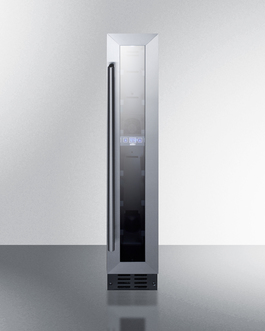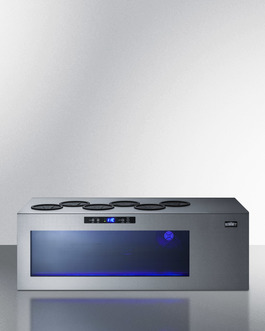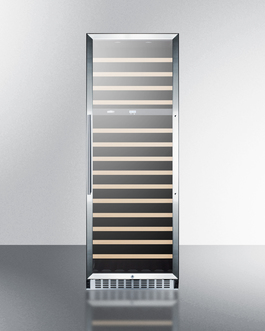Wine on Tap Anyone?
The growing trend of serving wine from the tap
That horrific moment when you have to throw out the bottle of wine you just opened yesterday after putting it in the refrigerator is one of many reasons why wine dispensers are becoming a huge trend.“Wine on tap” wine dispensers are popping up not only in your favorite restaurants and hotels, but also in the homes of some of your friends and families.
Keg-based wine dispensers are production and environmentally friendly because wine kegs reduce packaging costs when it comes to bottles, labels, corks, grates, and foil. Keg packaging eliminates the recycling of glass which screams “GO GREEN”. Each wine keg holds the same amount of wine as approximately 26 standard 750ml bottles. The stainless steel kegs are filled directly from the blending tank and sealed using inert gas which prevents spoilage and oxidation. A keg reduces the carbon footprint of the same wine in bottle by 96% during its life, protects your wine from harmful light rays, and holds the perfect temperature.
Wine dispensers are used by some of your favorite restaurants and hotels, and help to eliminate the usual wine storage challenges that restaurants face behind the bar. The fact that kegs are more cost effective than bottles allows restaurants to lower the price of wine per glass which will make happy hour consumers especially “happy”. The wine dispenser is more profitable for businesses because there is less spillage and spoilage which usually goes into a company’s accrued loss at the end of each night when using bottled wines
Types of Wine Dispensers
Since we have spoken about all the benefits of the wine dispenser, let’s get into your choices.
Freestanding:
Like beer dispensers, wine dispensers are often offered as freestanding mobile units, sometimes with casters included so that they can easily be moved around to the proper serving area. These come equipped with digital thermostats that usually offer a temperature range between 45° and 55°F to best accommodate red or white wine. Tapping equipment is similar (though not identical to) what you will find in a beer kegerator. Standard wine dispensers are sized to store one 1/6 (or sixtel) sized wine keg, though many higher grade commercial models can store and dispense up to four types of wine at once.
Built-In Systems
Commercial wine dispensers that are built into the bar usually have more than one tap line to connect to the wine kegs. The range of temperature is a minimum of 40°F to a maximum of 75°F. The units include a thermometer, auto defrost operation, and LED lighting. Some systems include user-friendly features such as card control or push button to pour. The card control feature allows restaurants or hotel customers to use a key or loyalty card that can bill each pour to the guests’ accounts. Usually the unit is set up as a self-pouring station. Push button to pour is exactly what it sounds like: instead of using a traditional tap handle, consumers pour their glass simply by pressing a button. Commercial units must be approved to NSF (National Sanitation Foundation) and UL (Underwriters Laboratories) standards.
Wine Bottle Dispensers
If you are not quite ready to switch over to kegs, there are wine dispensers that can dispense bottled wine. These units typically use an argon gas to preserve the wine for up to 60 days. The bottles are sealed off within a glass door with a button or tap handle to pour.
If you are looking to add an attraction to your restaurant or a unique touch to your home bar, a wine dispenser could be the perfect choice.
Related Links:
Summit Wine Collection
Choosing the Right Wine Glass
Draft Beer FAQs
Storing & Aging Craft Beer
Beer Storage By SUMMIT
Pub Cellars For Ale Storage & Aging
Cold Brew & Nitro Coffee Dispensers
Downloadable Catalogs:
Wine Cellar Catalog
Beer, Wine, & Outdoor Collection
Hospitality Appliance Collection
Commercial Product Line
Built-In Undercounter Refrigeration Line
Apartment Sized Refrigerator-Freezers
Complete Cooking Catalog



